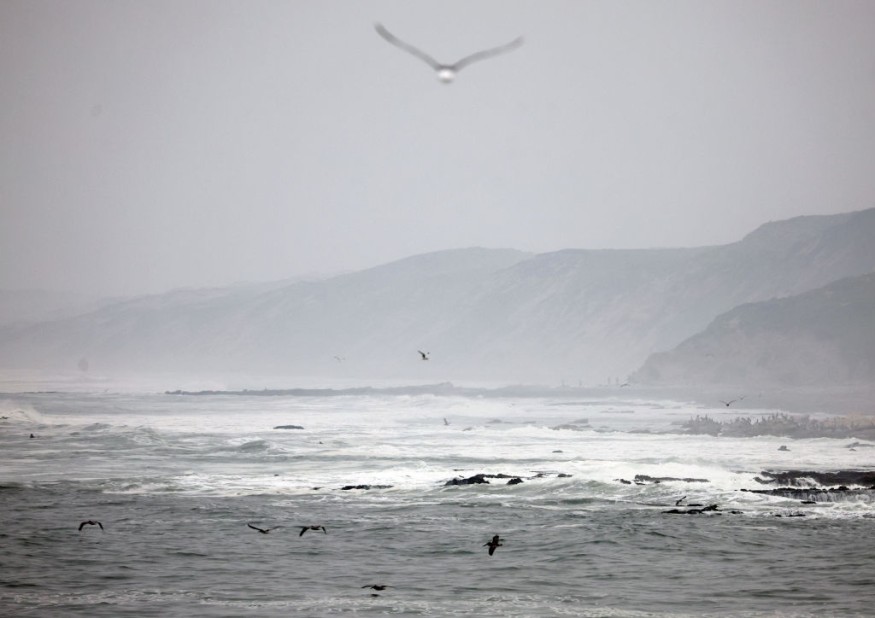An undersea plateau in the Pacific Ocean the size of Idaho, which began to form during the Cretaceous period (145 to 66 million years ago) due to volcanic eruptions, is continuously growing now.
According to new research published in the journal Earth and Planetary Science Letters, the Melanesian Border Plateau, located east of the Solomon Islands, evolved through four consecutive pulses of volcanism, each with a different root cause.
Four Consecutive Pulses Of Volcanism

This period is significant because massive volcanic features beneath the ocean are frequently unknown, according to study leader Kevin Konrad, a geoscientist at the University of Nevada, Las Vegas.
In some circumstances, they form as a single flood of magma and are referred to as enormous igneous provinces. These massive, long-lasting volcanic events are so extreme that they frequently alter the climate and have been linked to catastrophic extinctions.
During a five-week research mission in 2013, Konrad and his colleagues had the opportunity to sample the Melanesian Border Plateau in great detail.
They employed a massive chain device to dig rock from the slopes of the plateau's undersea ranges and volcanoes. They discovered that the plateau likely formed 120 million years ago by researching the ages and chemistry of these rocks.
Robbie Ridge, a section of the plateau beneath the other rocks, was most likely created at this time amid a massive torrent of basaltic lava. This resulted in a massive undersea plateau that most likely did not rise above sea level.
The Pacific then drifted over a hotspot in the mantle 45 million years ago. Hotspots are plumes of hot material that rise from the mantle, causing volcanoes to arise between tectonic plates. Hawaii is an example of a hotspot-formed island chain.
The culprit in this case was the Rurutu-Arago hotspot, which still persists in French Polynesia today.
This resulted in the formation of an undersea mountain range known as a seamount, with islands rising above the ocean's surface.
These islands disintegrated, but 13 million years ago, the seamount migrated across a new hotspot, the Samoa hotspot, which is currently forming the Samoan Islands.
"All those same conduits that magma used to go through 45 million years ago, they're now pre existing weaknesses that magma can start moving through 13 million years ago," Konrad said.
Oceanic Mid-plate Superstructures
Because the South Pacific has multiple hotspots, Konrad believes that other seamounts have formed in similarly complex ways over time.
In the United States, the Ocean Exploration Trust and the National Oceanographic and Atmospheric Administration are sampling similar seamounts.
Konrad and colleagues from the University of Maryland and California State University, Long Beach, will be sampling mid-Pacific mountains that may have been formed by overlapping hotspots soon.
Konrad proposes naming these landforms "oceanic mid-plate superstructures" to distinguish them from enormous igneous provinces formed by a single massive volcanic eruption.
"As we sample in more detail, we're going to find more complexity," he added.
© 2025 NatureWorldNews.com All rights reserved. Do not reproduce without permission.





